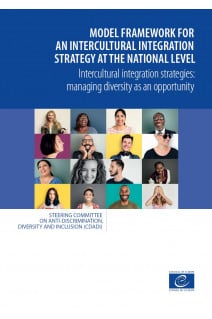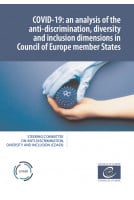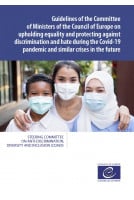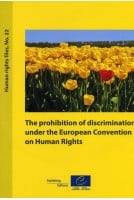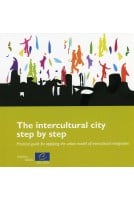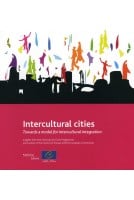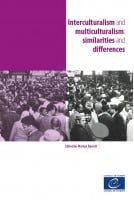Intercultural integration strategies: managing diversity as an opportunity
Developed by the Working Group on Intercultural Integration (GT-ADI-INT), the purpose of the Model Framework is to guide national policy practitioners in their efforts to design integration policies which help build inclusive and cohesive societies.
The document is a source of inspiration and ideas underpinned by a wealth of experience, evidence and good practices gathered across all levels of governance thanks to the multilevel composition of the GT-ADI-INT, the first intergovernmental working group bringing together national and local authorities.
The main sources on which the Model framework is based on are:
• Council of Europe standards and insights from monitoring bodies, including the European Convention on Human Rights, the Convention on the participation of foreigners in public live at the local level, many Recommendations and Guidelines by the Council of Europe Committee of Ministers and the General Policy Recommendations of the ECRI. The document is also inspired by other authoritative texts such as “Time for Europe to get migrant integration right”, issue paper published by the Council of Europe Commissioner for Human Rights;
• Member states experience and practice, gathered inter alia but not exclusively, thanks to the review of the implementation of Recommendation CM/Rec(2015)1 on intercultural integration (see the review report adopted by the CDADI in February 2021);
• The outcomes of the Intercultural Cities Policy Labs and good practices. Carried out in the context of the Intercultural Cities programme between 2017 and 2019, the Policy Labs were spaces for discussion between local, regional and national officials on common goals, understanding and vision for human-rights-based integration policies which foster community cohesion and positive intercultural interaction. The knowledge gathered at the Policy Labs has been completed with the extensive compilation of good practices collected every year as part of the implementation of the Intercultural Cities programme.
The Model Framework also shows how all policy areas can contribute to achieve successful integration, benefit from the diversity advantage, and promote more inclusive societies, especially if these are coordinated through a multilevel approach, involving the cooperation across all levels of governments. Finally, a detailed matrix puts forwards a large number of examples how the principles of intercultural integration can be translated into policies.
EXECUTIVE SUMMARY
Premise
INTRODUCTION
Benefits of well-managed migration and integration policies
Key definitions for a common understanding of the terminology used in this document
SECTION I – RATIONALE AND GOALS OF AN INTERCULTURAL INTEGRATION STRATEGY
What is intercultural integration?
Why intercultural integration?
SECTION II – PRINCIPLES OF AN INTERCULTURAL INTEGRATION STRATEGY
Ensuring equality
Valuing diversity
Fostering meaningful interaction
Active citizenship and participation
SECTION III – INTERCULTURAL INTEGRATION POLICY MATRIX SECTION IV – STRUCTURE OF AN INTERCULTURAL INTEGRATION STRATEGY
An evidence-based analysis of the problem to be solved
An overarching aim related to intercultural integration challenges
A set of objectives to help realise that aim
Programmes and projects to be developed and implemented with users
The structures/mechanisms needed to provide a coherent framework
Designated actors to take responsibility, including co-production by users
The scale and source of resources required for implementation
The vehicles for communication of the policy and to whom
Arrangements for monitoring and evaluation of its effectiveness
Means for review and revision of the policy
